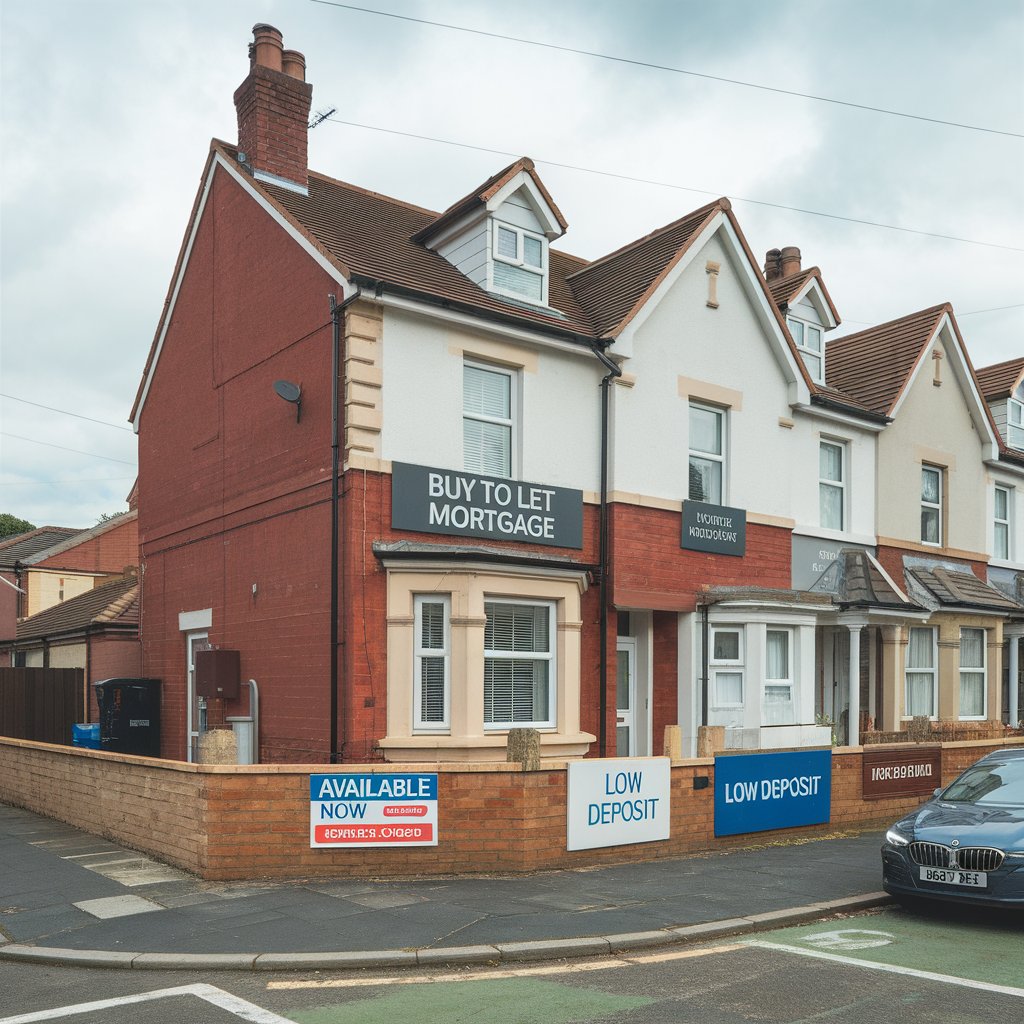A mortgage rejection can be unsettling for many individuals in the UK property market. A lender’s decision often stems from factors such as poor credit history, high debt levels, or affordability issues. These factors do not reflect a permanent roadblock. Instead, they present an opportunity to examine credit reports, understand the reasons for refusal, and make practical changes.
There is a route back to success when taking the right steps. Mortgages RM specialises in independent advice that helps borrowers approach lenders more confidently. By identifying key areas—such as credit score weaknesses or inaccuracies on a credit file—there is a way to address major concerns and rebuild financial strength before a future mortgage application.
Common Reasons for Mortgage Rejection in the UK
Lenders in the UK often reject applications based on low credit scores, high debt-to-income ratios, or irregular income streams. Missed or late payments can contribute to a mortgage being declined by a lender, especially if they occur close to the application date. A mortgage affordability assessment may also uncover concerns about monthly repayment capacity. In certain cases, an agreement in principle is withdrawn if unexpected financial details emerge. Understanding these root causes lays the foundation for actionable steps and healthier credit habits.

Checking the Credit Report for Accuracy
An accurate credit file is crucial for improving approval chances. Mistakes such as an outdated address or an account that should have been closed can raise lenders’ concerns. Unrecognised entries sometimes indicate fraudulent activity. Quick identification of these errors supports smoother progress when addressing how to fix a declined mortgage application. Corrections requested through the relevant credit reference agency can remove needless barriers. Consistent verification of this information prevents future misunderstandings and shows lenders a responsible, diligent approach to managing personal finances.
Steps to Fix Credit Report Issues and Improve Scores
Thorough credit repair after mortgage refusal involves targeted actions. Clearing unpaid balances improves credit utilisation and signals better financial stability. Automated payments and reminders help avoid further missed installments, which can negatively affect a score. Removing inaccurate data is also key, ensuring lenders see a true reflection of an individual’s financial behaviour. Steady progress in each of these areas builds a solid track record. Responsible use of credit cards, loans, or other facilities over time demonstrates a capacity for manageable repayment.
Lowering the Debt-to-Income Ratio
A high debt-to-income ratio is a common reason for a mortgage decline. Excessive monthly overheads make lenders wary of borrowers’ ability to cope with new repayment obligations. Systematically tackling debts, whether by consolidating them under lower interest terms or prioritising the most expensive ones, frees up disposable income. Lenders gain confidence when monthly outgoings appear under control. This approach reduces the likelihood of an agreement in principle being declined at the final checks. Even modest reductions in obligations can lead to noticeable improvements in affordability.
Reapplying After a Mortgage Rejection
A rejected application does not have to end a property purchase plan. It often highlights specific areas that need attention. Once financial weaknesses have been addressed, it is possible to reapply for a mortgage. Rebuilding credit after a mortgage rejection requires careful timing to avoid repeated hard credit checks, which can harm scores further. A period of stable employment, consistent repayment histories, and reduced debt levels creates a stronger application. Each improvement can help achieve a more favourable outcome in subsequent lender assessments.
Specialist Mortgage Lenders for Unique Cases
Certain borrowers may consider specialist mortgage lenders in the UK if mainstream routes have not worked. A mortgage declined after a decision in principle might occur due to complex employment arrangements, a history of bad credit, or unusual property types. Specialist lenders sometimes have more flexible criteria for self-employed individuals, those rebuilding credit, or applicants looking for mortgages for low-income. They assess each scenario on its merits, weighing evidence of responsible financial behaviour. This prospect offers fresh hope for applicants who have struggled to meet conventional requirements.

Overcoming Self-Build Mortgage Rejections
Self-build mortgage applications sometimes encounter extra hurdles. Incomplete planning permission or unclear construction budgets raise concerns for lenders. Property valuation mortgage rejection can occur if the projected build costs or future value seem uncertain. Addressing self-build mortgage decline often involves clarifying each stage of payment and ensuring accurate cost estimates. Detailed proposals, a sound construction schedule, and a realistic timeline matter when rebuilding a self build mortgage application. Transparent documentation often leads to more confidence among prospective lenders.
Mortgages RM’s Bespoke Advice for Rejected Applications
Tailored guidance can prove crucial when dealing with a past mortgage refusal. Mortgages RM offers a service that examines financial documents and credit data to ensure a more complete submission next time around. Detailed lender comparisons can uncover appropriate products that match a borrower’s unique situation. An informed recommendation weighs whether more time is needed to enhance a score or if certain specialist lenders may be more suitable. Independent outcomes often arise when every option is considered in line with UK lending standards.
Monitoring Progress and Maintaining Patience
Steady improvements can lead to a stronger credit profile over several months. Regular checks on credit information prevent lingering errors, and continuous debt management ensures a more favourable debt-to-income ratio. Repeated applications in a short timeframe can hamper efforts, so disciplined timing is beneficial. A period of consistent employment or stable self-employment follows a pattern that lenders want to see. Calm, measured progress reduces the risk of future setbacks and sets the stage for a mortgage offer that aligns with personal goals.
Conclusion
A mortgage rejection is rarely the end of the road. It can be a moment to reflect on and resolve existing challenges that caused the initial denial. Strengthening each element of a credit profile, settling outstanding debts, and maintaining timely payments are crucial parts of the process. By clarifying income, addressing credit file issues, and working with an independent adviser—such as Mortgages RM—borrowers gain a better understanding of how to approach the market on their next attempt.
Whether considering a repayment vs an interest-only mortgage, it’s essential to comprehend the implications of each option fully. Restoring financial confidence and demonstrating consistent reliability often lead to improved outcomes that support long-term homeownership or property investment ambitions.




